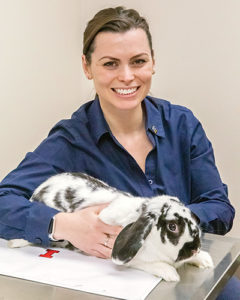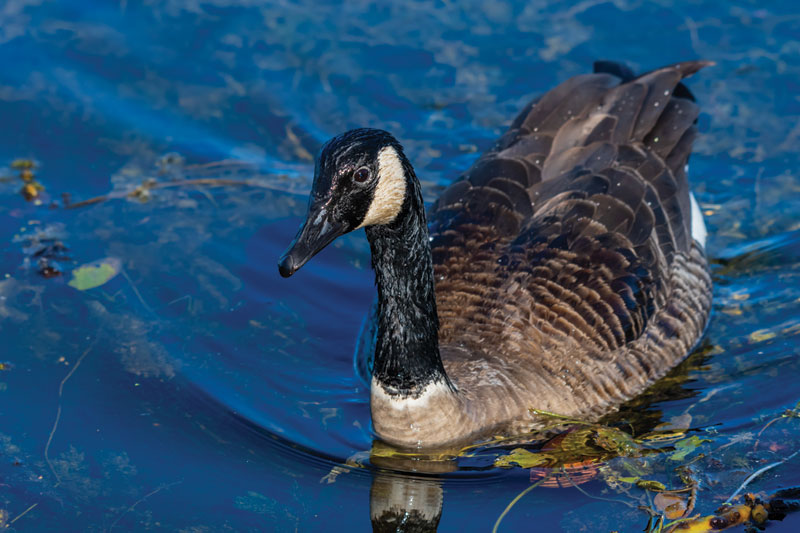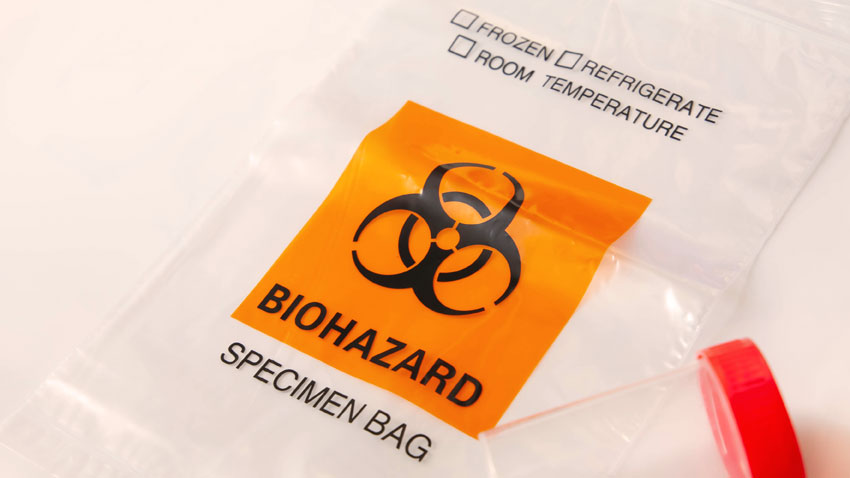Whether you call them “stinky weasels” or “tube cats,” providing an in-depth ferret wellness plan is good for your patients’ health and for your business.
The vast majority of companion ferrets in the U.S. are bred at a single facility. Prior to sale they are spayed/neutered, de-scented, and given their first booster of canine distemper vaccine. During an exam you can easily discern if a ferret is from this facility by looking for two small ear tattoos in the right pinna. This gregarious and playful carnivore that lives 6 to 8 years has been bred for a variety of different color patterns, including sable, albino, black-eyed white, and more.
Vaccines

There is no other exotic species that has vaccines labelled for their use. This is unfortunate for many species that would likely benefit from this preventive health measure, but it is fortunate for the ferret.
The American Ferret Association recommends that all ferrets are vaccinated for rabies, and there are at least two products labelled for use annually in ferrets starting at 16 weeks of age (IMRAB3 and Defensor). The AFA also recommends vaccination against canine distemper, as this infection is deadly in ferrets. There is a single vaccine labeled for use in ferrets that requires three boosters every 4 to 6 weeks and then annual revaccination (Merial Purevax).
Despite their obvious health benefits, vaccines elicit reactions in ferrets at higher rates than in traditional species, with up to 1% of ferrets exhibiting a severe reaction to a vaccine. It is prudent to discuss this risk with clients. In my practice, all ferrets are administered a dose of injectable diphenhydramine at the same time as their vaccine(s) to mitigate this risk. We also require that all ferrets administered vaccines stay in our hospital for 30 minutes after the vaccine, since all severe reactions occur within that time frame.
Heartworm Prophylaxis
Although not the primary host for heartworm, ferrets can easily become infected. Once infected, their small size means they are at risk for severe disease, with a single worm being able to obstruct their pulmonary artery.
Treatment options for a ferret with heartworm are, unfortunately, limited; melarsomine is deadly, and the slow-kill method is often too slow to have benefit for the ferret. The good news is, prevention is quite easy. Advantage Multi® for cats is labeled and approved for use in ferrets. Medications using ivermectin and selamectin have also been used successfully.
Dentistry
Ferrets, as carnivores, have a similar dentition pattern to cats. The most common dental pathology seen is canine crown fracture, as these teeth are long and slender. Uncomplicated fractures of the tip may have a bonded sealant applied as long as there is no radiographic evidence of disease. Complicated crown fractures should be treated in the same way that it would be treated in dogs and cats: root canal or extraction.
Ferrets additionally suffer from periodontal disease and gingivitis similar to traditional species. Particularly later in the pet’s life, this co-morbidity can complicate therapy for other disease states and reduce quality of life. Ferret owners should be instructed to “brush” their ferrets’ teeth with an enzymatic veterinary dentifrice, which does not require the scrubbing action since enzyme can help to remove plaque and tartar.
Ferrets can benefit from both elective and therapeutic periodontal treatments. The techniques and instruments used in canine and feline dentistry are easily applied. While the patient is under anesthesia, a full periodontal therapy should include charting, radiograph acquisition, scaling, polishing, and potential extractions.
Annual Health Care
Like dogs and cats, ferrets can greatly benefit from annual health care. If nothing else, the goal of these appointments should be to ensure that the ferret is not suffering from any of the four common ferret diseases.
Adrenal Disease. Physical examination findings suggestive of adrenal disease include bilateral progressive alopecia (sometimes with itching!), petechiation and echymosis, vulvar swelling, and post-renal urinary obstruction in males. Options to definitively diagnose adrenal disease include abdominal ultrasound and/or a sex hormone panel (available through the University of Tennessee). It is also appropriate to start treatment for adrenal disease with the placement of a deslorelin implant (specifically labeled for use in ferrets), as vulvar swelling and skin changes should recede within a few weeks after placement.
Insulinoma. Signs compatible with insulinoma include vague to more specific neurologic signs – everything from “staring off into space” to tetany and seizures. This condition is an important differential for the middle-aged to older ferret that is “slowing down.” Confirmation of hypoglycemia should be performed in-house with a specific glucometer (Alphatrak) on the canine setting, which has been validated. Baseline blood work can go a long way in addition to this reading to identify co-morbidities or other causes of hypoglycemia, such as sepsis and hepatopathy. Treatment options can include medical therapy (long-term steroids) and/or surgical management (partial pancreatectomy).
Lymphoma. Signs of lymphoma to look for on physical examination would be lymph node enlargement, either peripherally or within a body cavity. Similar to traditional species, FNA of these masses will yield an abundance of large neoplastic round cells. Ferrets suffering from T-cell lymphoma may also exhibit hypercalcemia. Radiographs can be of great aid in identifying enlarged lymph nodes in the chest, whereas ultrasound is a better modality for screening the abdominal cavity. Treatment options for ferrets with lymphoma mirror those available in dogs.
Cardiac Disease. While this is not classically listed as a main disease of ferrets, I have diagnosed hundreds of ferrets with cardiac dysfunction following the principles used in canine and feline medicine. In ferrets that are “slowing down,” it is important to rule out cardiac disease, along with osteoarthritis and insulinoma. Many forms of cardiac disease will have an accompanying murmur, arrhythmia, or altered PMI. As a reminder, the cardiac apex beat is more caudally placed in the ferret than most quadruped mammals, so for the best auscultation, move that stethoscope caudally! Thoracic radiographs and screening for cardiomegaly with a species-specific vertebral heart score can be extremely helpful in identifying these patients. ECG is an additional aid in the work up as ferrets suffer from a variety of arrhythmias. Many advanced diagnostics (echocardiography) and treatment options are available for ferrets, who generally have a survival time extending past 1 year of diagnosis.
General practice small animal veterinarians are well suited and prepared to provide high-quality wellness and preventive health care to ferrets. With small additions to your practice and some basic staff training, you can improve the quality of life of ferrets and increase revenue for your practice.
As always, the zoological medicine service at the University of Illinois Veterinary Teaching Hospital is available for consultations by phone or email and to discuss referral opportunities for any of your ferret patients.
By Krista Keller, DVM, DACZM
See also: Ferrets and Coronavirus

![[Ferret]](https://vetmed.illinois.edu/wp-content/uploads/2021/04/ferret-web.jpg)


